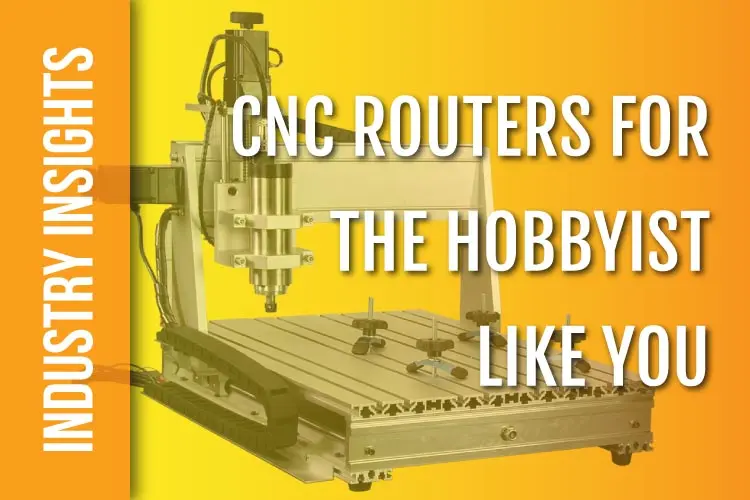Industrial AC motors typically utilize either an optical absolute encoder, an optical incremental encoder, or a resolver. In this article, we will focus on the primary differences between absolute and incremental encoders.
In many ways, the functionality of both optical encoders is very similar. An encoder sits directly on the backside of the motor shaft. Next, there is a disk with the transparent lines or notches evenly spaced around the face of the disk. A light source shines through the disk and a photodetector on the opposite side transmits the signals to the encoder circuitry. Typically, there are two light sources that represent an A-phase and a B-phase, respectively, which create sinusoidal waves. The phases will be offset by a quarter phase (ninety degrees, electrically). A third phase is common, known as the Z phase. It provides the “home” or reference position that outputs one pulse per motor revolution. Primarily, the key difference between absolute and incremental encoders is in the way they reference the Z pulse.
Incremental Encoders
By design, Yaskawa incremental encoders lose positioning data anytime we disconnect the power source from the machine. So, there is a need to orient the motor axis to its home position every time we power the machine down. This is the method for incremental encoders to provide a change in angle position. Indeed, incremental encoders do not link the current position to any particular reference point since the notches or lines are identical in shape. As a result, no positioning data is saved and therefore, incremental encoders count position increments up while rotating.
Absolute Encoders
Absolute encoders save the positioning data even when the power to the motor and machine is removed. In most cases, they utilize a backup battery in the machine’s control, a supercapacitor on the encoder PCB, or both. Absolute encoders have unique patterns on the disk to produce a specific code that indicates an exact motor axis position. Instead of having a home position to refer to, the unique pattern on the disk creates a binary code for each pattern that identifies a specific position.
While the concept of optical encoder feedback is relatively simple, positioning control is a complex subject. The interpretation of that data is performed by circuitry on the encoder board and in the servo drive itself. Encoders are sensitive devices and can be difficult to troubleshoot in the field. If their alignment is off, it can lead to wrong positioning, overloading, or even runaway issues due to problems with the output signals. Taking care of the motors themselves and providing routine maintenance can help limit problems with the feedback devices.
For more information on encoders or other servo applications, contact us today at PrecisionZone.com!

 (847) 465-9060
(847) 465-9060  Back
Back 


